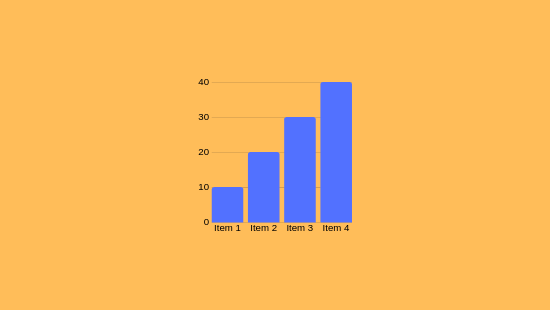Understanding the Functionality of Forex Indicators

As you delve into forex measurements, you'll understand they're mathematical tools analyzing price and volume data to predict market behaviors. These indicators aid in signaling trends, confirming market cues, and detecting extreme market conditions situations. For instance, the Relative Strength Index (RSI) gauges momentum, while Bollinger indicators measure variability. Refining your trading strategy by combining these indicators is essential, especially if you aim to manage risk effectively.
Grasping the Core of Forex Indicators
Forex indicators are mathematical aids embedded in graphs to assist traders in scrutinizing market dynamics and executing calculated trades. They provide perspectives into price movements and market possibilities by examining past and present market figures.
Forex indicators are divided into four primary groups: trend indicators (e.g., Moving Averages), momentum indicators (e.g., Relative Strength Index), volatility indicators (e.g., Bollinger Bands), and volume indicators.
These tools can signal reversals, confirm trends, or highlight overbought/oversold climates. If you're looking to enhance your methodologies, understanding these indicators is vital.
Categories of Forex Analytical Instruments
When assessing market trends, traders usually employ a selection of measures to aid in decision-making.
Forex tools are categorized into different types, each serving specific purposes.
Trend Indicators like Moving Averages (MA) and Bollinger Bands assist in detecting trends and possible price surges.
Momentum Indicators, including the Moving Average Convergence/Divergence (MACD) and Relative Strength Index (RSI), recognize shifts in price momentum and highlight overbought or oversold conditions.
Volatility Indicators like the Average True Range (ATR) measure fluctuations, assisting investors in establishing protective measures.
When applied wisely, these tools can enhance trade here outcomes.
Essential Instruments for Trading Choices
To executive insightful investment choices, understanding and applying key indicators that analyze market conditions is imperative.
Moving Averages display average prices over determined timeframes, unveiling tendencies by smoothing fluctuations.
The Relative Strength Index measures momentum on a 0–100 scale, indicating excess buy above 70 and highlighting excessive sell below 30.
Moving Average Convergence Divergence compares two EMAs to validate directional trends, with histograms illustrating bullish or bearish phases.
Bollinger Bands utilize variability measures around a moving average to determine volatility and potential reversals.
Retracement intervals denote price thresholds based on prior price movements.
Combining these measures boosts accuracy by authenticating prompts if congruent, facilitating precise timing for currency pairs.
Employing Indicators in Risk Oversight
As you fine-tune investment methods, effectively utilizing measurement tools for risk management is essential. Indicators like Moving Averages and Bollinger Bands notice volatility and spot viable trade junctures for risk oversight.
These instruments allow for exact stop-loss orders and limit orders, which are key for limiting possible losses.
For example, applying stop-loss orders restricts your loss to a certain limit, such as 2% of your trading portfolio per trade. This disciplined tactic helps in managing trading risks by limiting exposure to market volatility and leverage, which are notable risks in forex trading.
Integrating Indicators for Improved Precision
Combining indicators is a sophisticated strategy for elevating accuracy in forex trading. This method enables for the leveraging of multiple tools to examine several facets of market behavior, such as trends, momentum, and variability.
By utilizing indicators like Moving Averages, RSI, and MACD, you can craft formidable trading strategies. Instance given, combining Moving Averages with RSI and Volume validates trend direction and momentum, while Bollinger Bands with Stochastic assess fluctuation and anticipate reversals.
If indicators from separate categories align, duplications are reduced, and investment prompts are uplifted.
Conclusion
You've understood how forex indicators operate, covering their diversities like trend, momentum, and volatility tools. These instruments aid in uncovering pivots and confirming trend continuity. By integrating indicators, investment accuracy is enhanced, and risk management is better managed. For instance, using the Relative Strength Index (RSI) to highlight buying peaks and Bollinger Bands to evaluate volatility can improve your decisions.